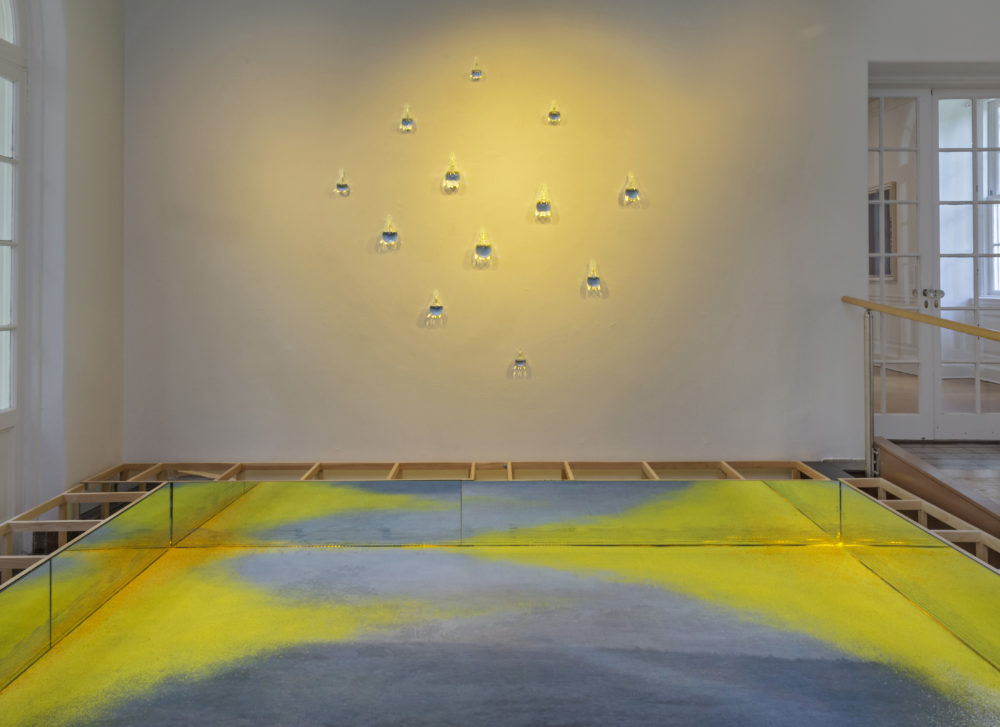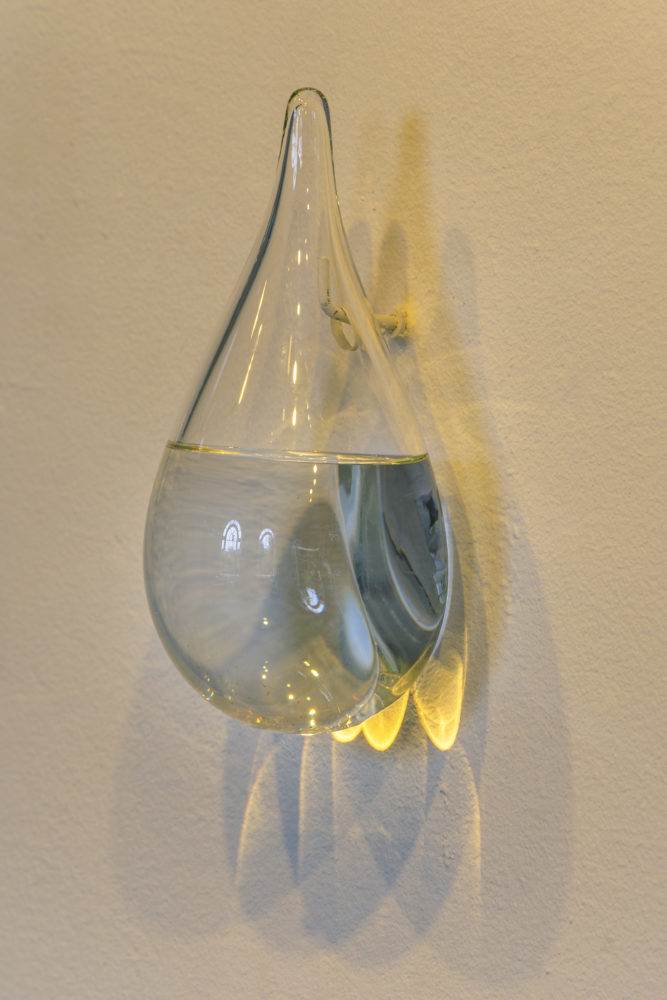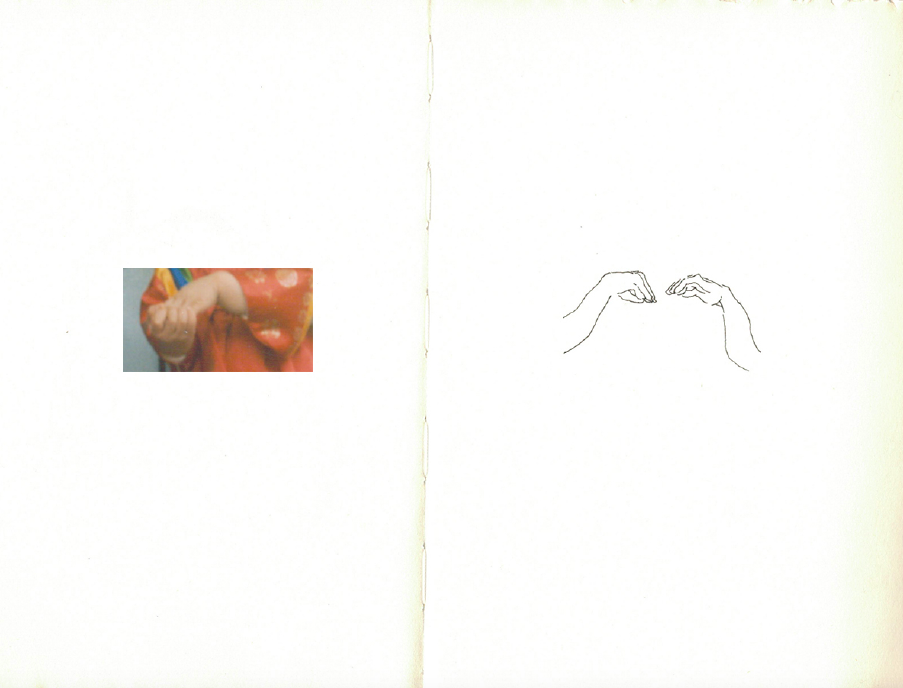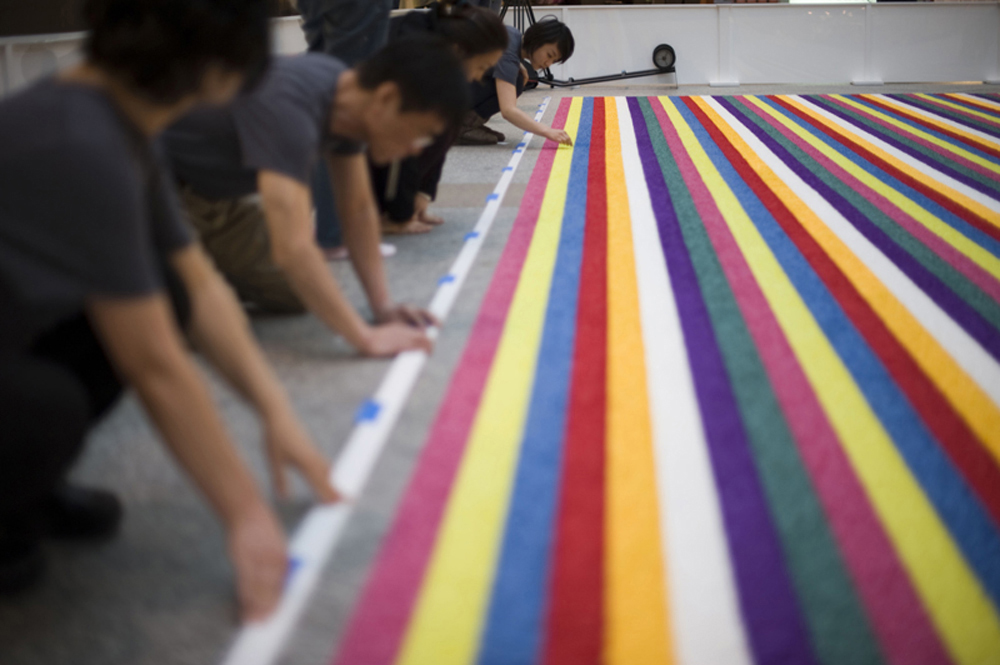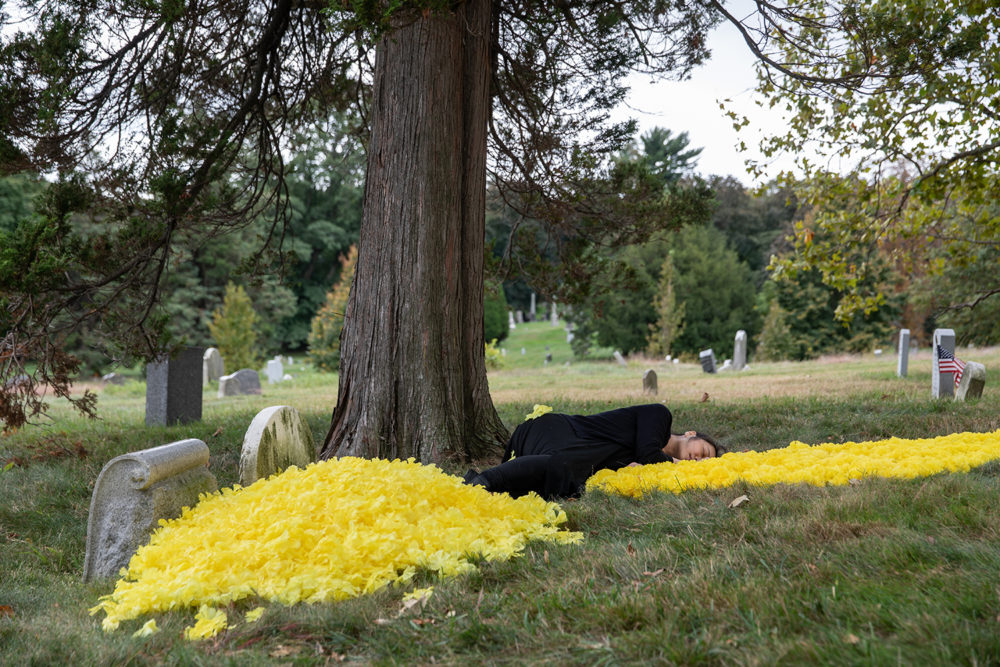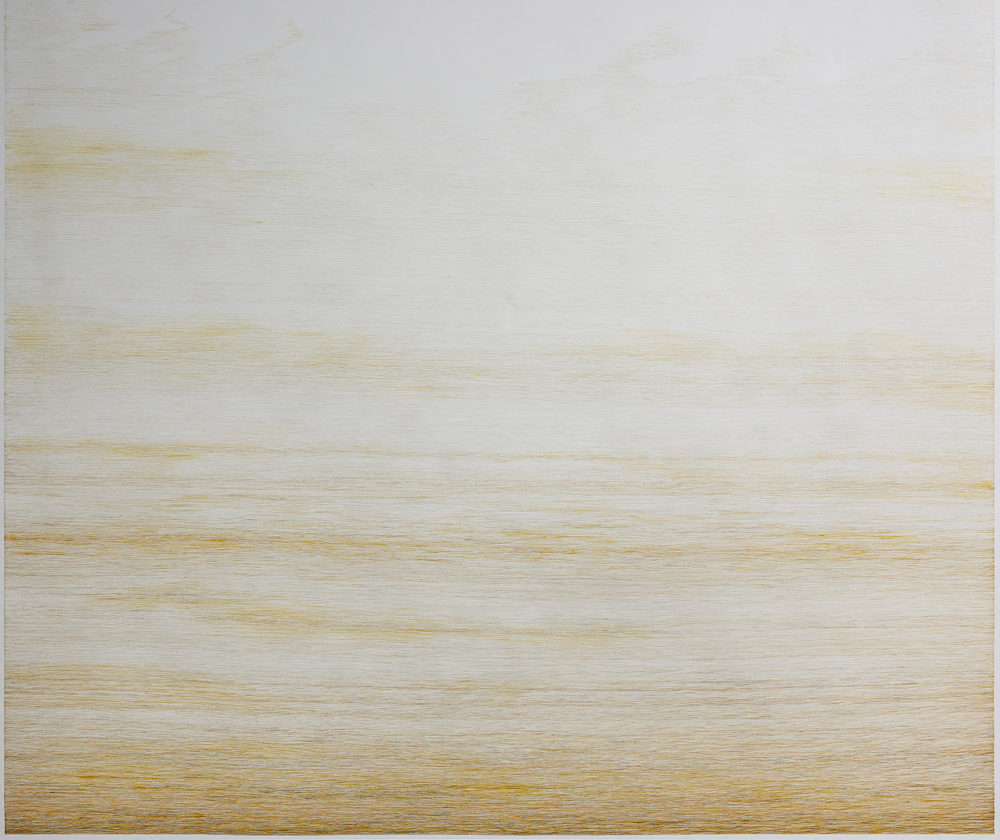Artadia: You received the Artadia Award in 2011, exactly 10 years ago. Could you speak a little bit about how your artistic practice has evolved since then?
Gyun: This mark of ten years has given me an opportunity to look back. A privilege of one’s career lasting over a decade is that you have this space to finally turn your head around, witness, and process what took place in those ten years – it is a long time, yet at the same time, not so long. And when I say ‘what took place,’ I mean both in your life and career. So many things happened that have informed and shifted me and the ways I think about my practice.
From 2013 to 2017, I lived and taught in Hong Kong as an expatriate. I saw Hong Kong’s protests in 2014, the youth and elders overtaking the city with yellow umbrellas. My partner and I traveled extensively all over Asia Pacific, from Southeast Asia and through China and back to my homeland of South Korea. I was able to trace and feel the residue of imperialism. The trauma of colonial history has left imprints across the landscape of Asia, and naturally impacted my personal, racial experience while living there. I saw the most clear evidence of that scar when visiting the Demilitarized Zone (DMZ) between South and North Korea for the first time. I stood for a few seconds in what is considered to be territory of North Korea in that blue room, and I felt emotionally split. These experiences expanded my knowledge and understanding of a historical backdrop in which my story inevitably has been situated within.
Settling in New York, after four years abroad, has been a defining journey. I started taking a few sociology and literature classes at The New School while teaching part time at Parsons. These courses led me to readings and discussions that cracked me open. I learned how diasporic narratives have largely constituted the American culture and psyche. African and Jewish American writers inspired me to reimagine the ways I think about my own story. While living in Harlem for the first two years, I walked along the streets that these authors were tracing from their childhood, which I found so moving.
My early years of career in Atlanta were an incredibly productive time as I had these facets of support and community that protected and nurtured me since I was young. I was able to take risks and make mistakes. Atlanta is the home of my youth. My parents and brother’s family still live there, continuing to root themselves even more deeply. Yet, returning back to the States after being away for a few years reaffirmed my complex relationship to the American South and my identity as an Asian-American woman artist. Even attaching these terms to the word “American” as a way to locate my identity, I sometimes find limiting. At the same time, as I process this inherited language that stratifies who I am, I recognize a sense of responsibility as an artist, a teacher, and an aunt to my nephew and niece.
I now use that as fuel to deepen my practice. I write more these days. I speak more with confidence knowing that I can formulate the language for my work, no longer reliant on other voices, especially those that are institutionalized or canonized. For so long, I wrestled with self-doubt struggling to find access and legibility to this world of art as an artist in the periphery. I now know that I can hold my own center.

